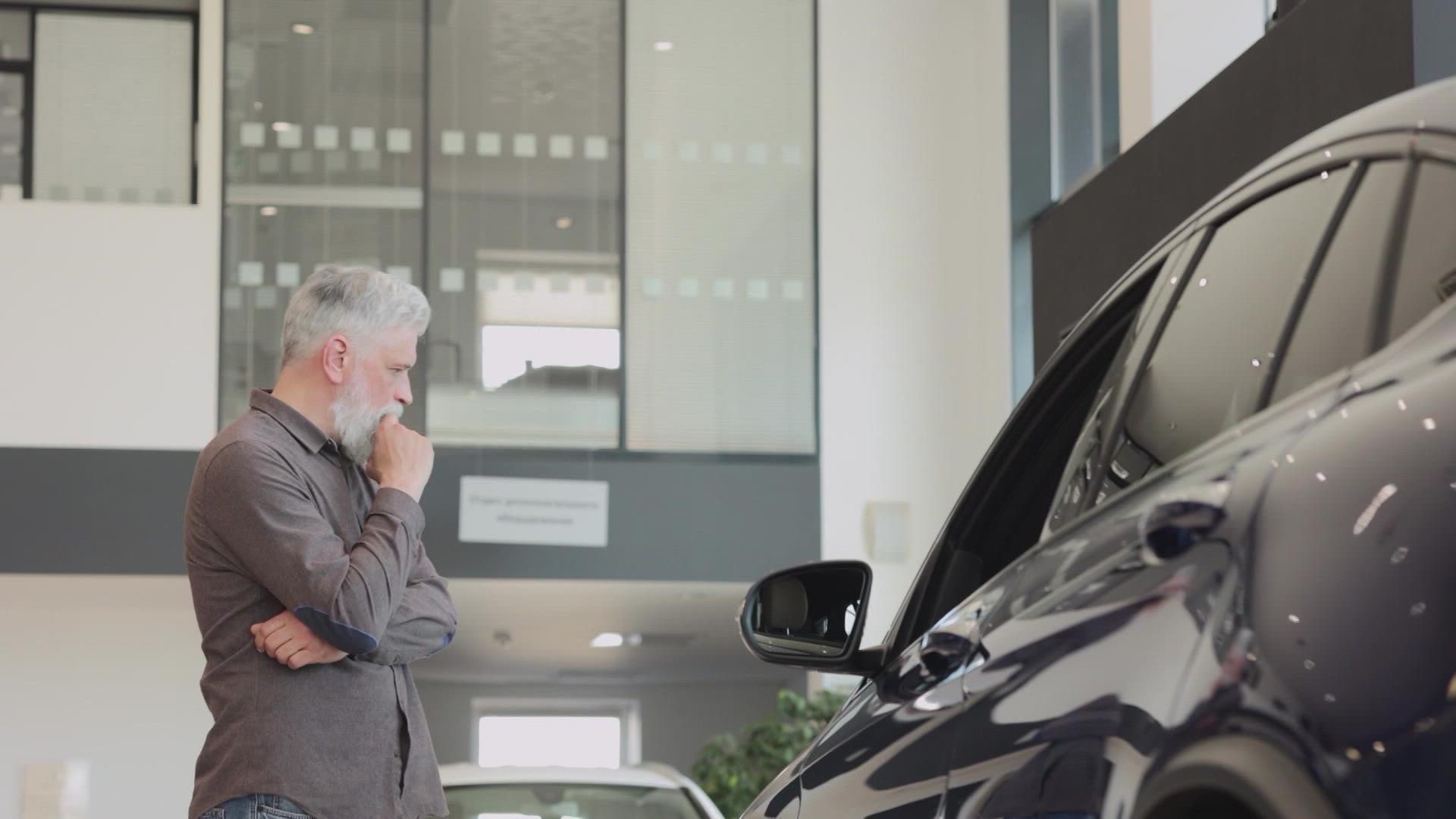SAN ANTONIO — Texas is the number one state in the nation that has flood-damaged cars on the road according to CARFAX data. That number is likely to grow even larger after Hurricane Ian hit Florida.
CARFAX data shows Ian potentially damaged as many as 350,000 vehicles. So make sure you do not unintentionally buy one.
Most flood-damaged cars look fantastic on the outside.
“They are literally rotting from the inside out,” said Emilie Voss from CARFAX.
“They might look great and even drive great the day that you buy them, but the problems will come. You’re not only pouring money into issues that you weren’t going to expect if you didn’t know it was a flood vehicle, but there are safety concerns, too. Airbags might not properly deploy. There can be issues with the brakes.”
Schemers are likely to try to resell some of these cars without disclosing the damage done by cleaning not just the car but also the title.
“You retitle the car many, many times and end up washing away the previous inspections and ownership,” said Jason Meza of the Better Business Bureau.
That makes it difficult for a buyer to know the car’s true history. Meza said water-damaged cars have found their way to San Antonio in the past.
“We saw it with Harvey about five or six years ago,” he said. “A lot of vehicles entered the market. You might see a great deal at a car lot or a local dealership. It’s a bad situation to be in when you are five years into a used car and you end up with corrosion issues or rust or mechanical issues.”
Here is where CARFAX suggests looking for signs of water damage:
- Do a sniff test. If an interior is musty, moldy or even has a strong air freshener, that could be your first clue it has water damage.
- See if the upholstery is new, stained, or does not match the rest of the interior.
- Feel if carpets are damp.
- Check for rust around pedals, doors, the hood, or in the wheel well where spare tires are kept.
- Open the glove compartment to see if there is mud inside.
- Find out if the wires under the hood are brittle.
- Look for fog or moisture in headlines and instrument panels.
Car experts said no matter how many repairs are made you do not want to buy a flood-damaged car because mechanical, electrical, and safety problems plague waterlogged vehicles.
“Depending on the degree of how flooded the vehicle was, it’s just not going to be a car that is going to be very reliable,” said Hector Lebron, who has been in the car business for decades. “Electrical systems don’t do well with water. At the end of the day, you’re going to have corrosion.”
Also, do not let a low-mileage used car fool you.
“It doesn’t matter if there’s 100 miles or 100,000 miles, you still need to check the CARFAX report,” Voss said. “You still need to make sure that you’re taking it for that independent inspection, because the brand-new vehicles, the low-mileage vehicles can still get flooded in a storm like Hurricane Ian.”
These issues may be hard to spot yourself, so it is best to let a mechanic you trust inspect the car before you buy it. It is a red flag if a car dealer is not willing to let you use your own mechanic to do an inspection.
It is important buyers do their homework before buying to avoid potentially expensive car problems after a purchase.

